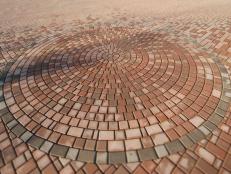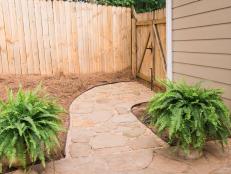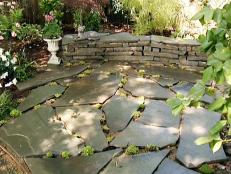Perfecting Your Path
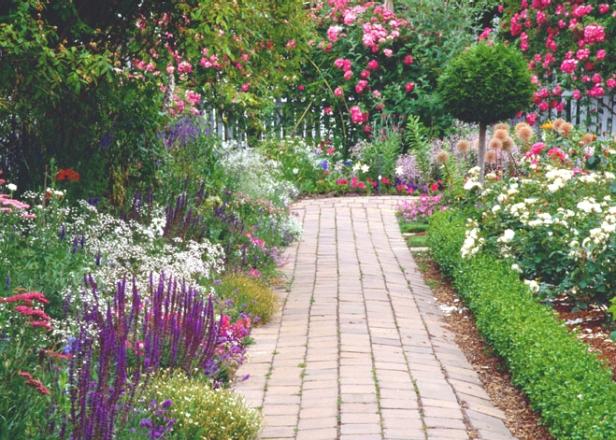
Let It Make Sense
Kids love them, hikers crave them, romantic strollers linger on them, woodland creatures follow them — even cows stick to them. Whether in the wilds, the park or your own backyard, a path tells you where to walk, and there's a sense of comfort to that. In the garden, a great path is fun even if it has to be short, and at its best a path offers a little mystery about its destination, plus a surprise or two along the way.
Here are more tips for creating the perfect path:
If the pathway is meant to handle traffic flow and not a leisurely viewing of a garden, keep it simple. The way to confine people to a walkway is to put it where they'd normally walk from one place to another. Too curvy, too circuitous, and you've invited people to take shortcuts.
Think Compatibility

Use non-slippery materials that blend with the setting and tie in with other garden structures or your home. There's never been more choice in materials — from pine-bark mulch to crushed slag to stone and pavers of all sorts. Creating your own design puts a unique stamp on the look and mood of the garden. Also consider seasonal upkeep when you select a material: is it likely that you'll want to remove snow from the path, for example, or sweep fallen leaves?
Add Some Mystery

For paths meant to provide views of the garden, you might want to create some pleasant surprises. Maybe the walkway curves out of sight and when you round the corner, you're met with a sweet bench, an unusual gnome, a little waterfall or a distant view. The curve can also serve as a transition between two distinctly different types of gardens.
Purpose Determines Width
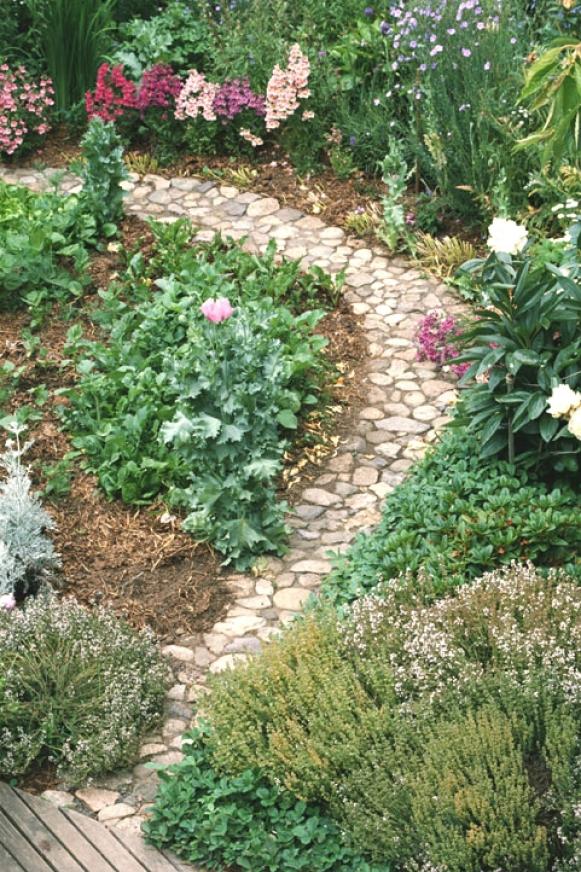
A wide path — four feet or more — enables two people to walk side by side. It's the most welcoming approach to the front door, and it's often used to lend a spacious feeling to a stroll in formal gardens. Narrow paths — 18 inches or so — invite the visitor to slow down; such a path is perfect where people want to inspect small plants along the way. A path that's too narrow — a foot wide, for example — can lend a sense of instability, especially if the surface is rough or uneven.
Make Mowing Easy

If you're using flagstone or brick, sink the path to ground level so you won't have to use a string trimmer. If the walk has to be above ground level, install edging that will allow you to mow up close. Installing a mowing strip means extra work up front, but it will save you tons of trimming hassles in the future.
More Information








